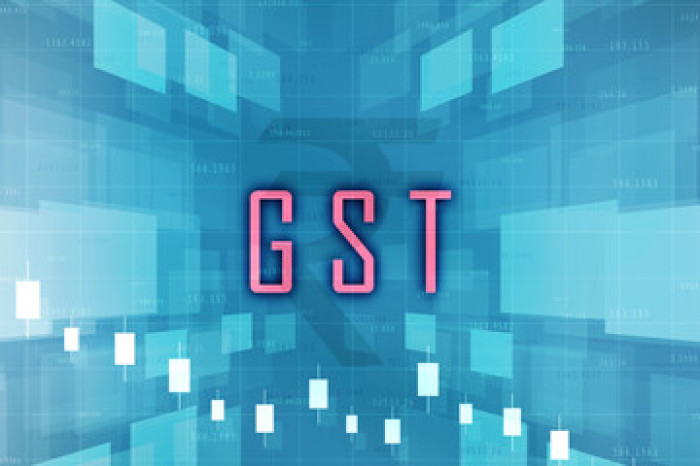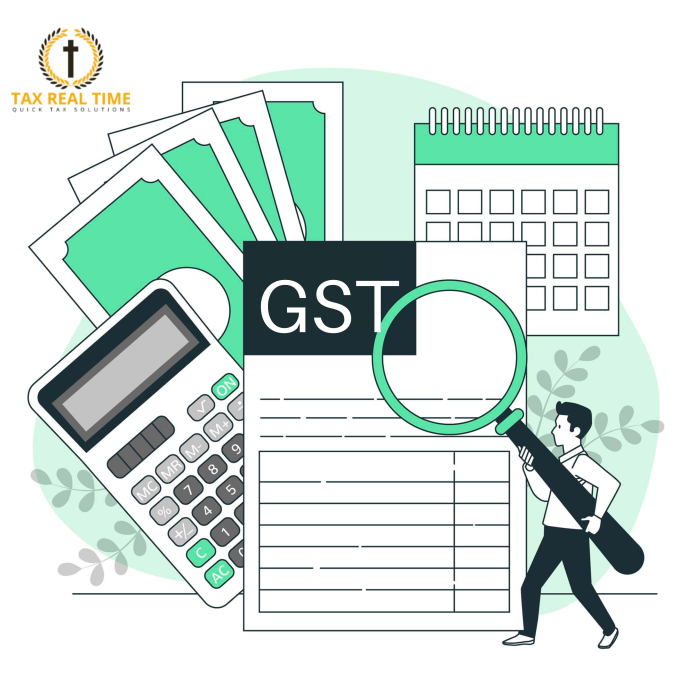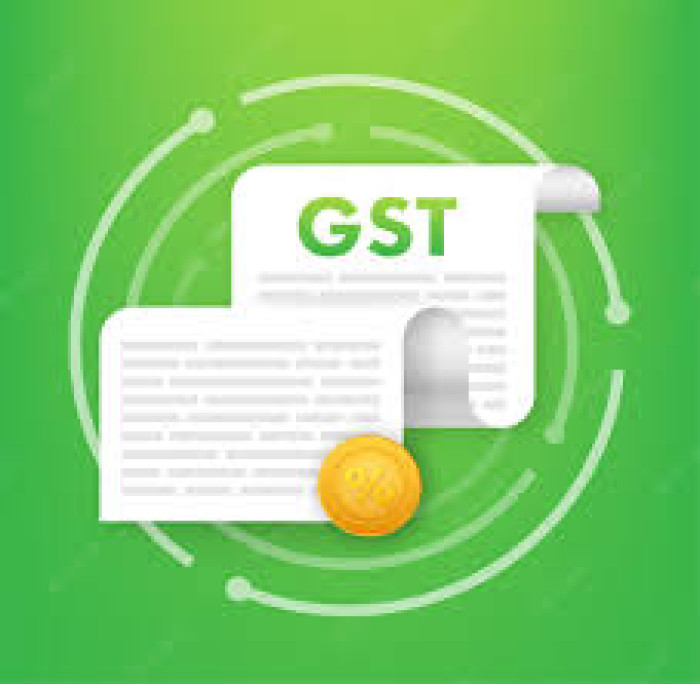GST – GSTIN has issued an e-invoice glossary and a step-by-step guide for taxpayers


Your free trial / membership plan is expired.
Kindly subscribe to get complete access to indirect tax updates and issue wise cases
Why subscribe to us ?
Get complete access to news updates and download copy of case laws/ notification/ circular etc.
Be a part of our WhatsApp group and read real time indirect tax updates
Access to ready case laws of General Issues and Industry Wide Issues under GST
Access to relevant provisions of law / circular in respect to the issues, along with trail of their amendments
Write your GST query to us for evaluation
Subscription Charges:*
Indirect tax updates -
6 months @299 / 1 Year @499 only
Indirect tax updates + Issue wise cases -
6 months @1199 / 1 Year @1999 only
*Plus applicable GST
Admin
26-Aug-2023 16:57:35
Key Pointers –
- GSTIN has issued an e-invoice glossary and a step-by-step guide for taxpayers. The concept of e-Invoicing involves reporting specific GST documents to a government-approved portal known as the Invoice Registration Portal (IRP) and to obtain an Invoice Reference Number (IRN). This process doesn't involve the generation of invoices by a government portal.
- There are six authorized portals for generating IRNs as per CGST Rules. IRNs are unique identifiers based on certain factors. A taxpayer's Annual Aggregate Turnover (AATO) determines their e-Invoicing requirement, which can be auto-enabled based on their PAN and GSTR-3B returns. Otherwise, taxpayers need to be self-enabled on the GST portal.
- A unique identification number assigned to each registered taxpayer under the GST system called GSTIN. The e-Invoice QR Code is a two-dimensional barcode with invoice details. The e-Invoice QR Code Verifier App allows validation. The e-Invoice FO Portal provides e-Invoice services. JSON Format is used for uploading invoice data.
- APIs (Application Programming Interface) facilitate e-Invoice reporting, while ERP systems generate invoices but require reporting on an IRP. OTPs verify registration on IRPs. Auto-population fills GSTR-1 with e-Invoice data. The e-Invoice schema defines the invoice structure, and master codes are predefined codes like HSN and currency codes. A signed e-Invoice is validated, digitally signed, and given an IRN and QR code.
- Those with an aggregate turnover exceeding specified limits are mandated to adhere to e-Invoicing, aiming to enhance efficiency and compliance. However, certain exemptions exist based on notifications.
- The e-Invoicing process involves taxpayers generating GST invoices using their systems, then reporting them to IRPs. IRPs validate and return signed e-Invoices with unique IRNs and QR codes. Only invoices with valid IRNs are considered for B2B transactions.
- Eligible taxpayers are automatically enabled for e-Invoicing on IRPs based on government notifications. The status can be checked on the e-Invoice portal. If not enabled, taxpayers can self-enable.
- Taxpayers must register on any of the six authorized IRPs before reporting e-invoices. A one-time verification using OTP validates mobile number and email, creating login credentials. Taxpayers report e-invoices using the predefined INV-01 schema in JSON format on the IRP portal.
- The IRN of an e-Invoice can be verified using the GSTN e-Invoice QR Code Verifier app or the "Search IRN" functionality on the e-Invoice portal. GSTN provides an e-Invoice master information portal which centralizes e-Invoicing resources, offering access to master codes, enablement status checks and more at https://einvoice.gst.gov.in.
Related Post
Post Category
Your free trial/ membership plan has expired. Kindly subscribe to get complete access of tax news updates.

Why subscribe to us ?
Get complete access to news updates
Access to the Order Copy of the case law/ Notification/ Circular etc
Be a part of our Whatsapp group and read real time tax updates
Access to ready case laws/ circulars on general and industry-wide issues under GST
Submit your GST issues to us for evaluation














